HarperCollinsPublishers
7785 Fulham Palace Road,
Hammersmith, London W6 8JB
www.tolkien.co.uk
www.tolkienestate.com
Published by HarperCollinsPublishers 2009
All texts and materials by J.R.R. Tolkien The Tolkien Trust 2009, except for those derived from The Letters of J.R.R. Tolkien
The J.R.R. Tolkien Copyright Trust 1981, from Morgoths Ring
The J.R.R. Tolkien Copyright Trust 1993 and
The Peoples of Middle-earth The J.R.R. Tolkien Copyright Trust 1996
Foreword, Introduction, Commentaries, Appendices and all other materials C.R. Tolkien 2009
Illustrations Bill Sanderson 2009
 and Tolkien are registered trade marks of The J.R.R. Tolkien Estate Limited
and Tolkien are registered trade marks of The J.R.R. Tolkien Estate Limited
The Proprietor on behalf of the Author and the Editor hereby asserts their respective moral rights to be identified as the author of the Work.
A CIP catalogue record for this book is available from the British Library
ISBN 978-0-00-731723-3
All rights reserved under International and Pan-American Copyright Conventions. By payment of the required fees, you have been granted the non-exclusive, non-transferable right to access and read the text of this e-book on-screen. No part of this text may be reproduced, transmitted, down-loaded, decompiled, reverse engineered, or stored in or introduced into any information storage and retrieval system, in any form or by any means, whether electronic or mechanical, now known or hereinafter invented, without the express written permission of HarperCollins e-books.
EPub Edition APRIL 2009 ISBN: 978-0-007-32307-4
THE HOBBIT
LEAF BY NIGGLE
ON FAIRY-STORIES
FARMER GILES OF HAM
THE HOMECOMING OF BEORHTNOTH
THE LORD OF THE RINGS
THE ADVENTURES OF TOM BOMBADIL
THE ROAD GOES EVER ON (WITH DONALD SWANN)
SMITH OF WOOTTON MAJOR
Works published posthumously
SIR GAWAIN AND THE GREEN KNIGHT, PEARL AND SIR ORFEO
THE FATHER CHRISTMAS LETTERS
THE SILMARILLION
PICTURES BY J.R.R. TOLKIEN
UNFINISHED TALES
THE LETTERS OF J.R.R. TOLKIEN
FINN AND HENGEST
MR BLISS
THE MONSTERS AND THE CRITICS & OTHER ESSAYS
ROVERANDOM
THE CHILDREN OF HRIN
THE LEGEND OF SIGURD AND GUDRN
The History of Middle-earth by Christopher Tolkien
I THE BOOK OF LOST TALES, PART ONE
II THE BOOK OF LOST TALES, PART TWO
III THE LAYS OF BELERIAND
IV THE SHAPING OF MIDDLE-EARTH
V THE LOST ROAD AND OTHER WRITINGS
VI THE RETURN OF THE SHADOW
VII THE TREASON OF ISENGARD
VIII THE WAR OF THE RING
IX SAURON DEFEATED
X MORGOTHS RING
XI THE WAR OF THE JEWELS
XII THE PEOPLES OF MIDDLE-EARTH

THE LEGEND OF SIGURD AND GUDRN
BY
J.R.R. Tolkien
Edited by Christopher Tolkien

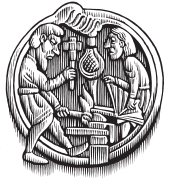
FOREWORD
In his essay On Fairy-Stories (1947) my father wrote of books that he read in his childhood, and in the course of this he said:
I had very little desire to look for buried treasure or fight pirates, and Treasure Island left me cool. Red Indians were better: there were bows and arrows (I had and have a wholly unsatisfied desire to shoot well with a bow), and strange languages, and glimpses of an archaic mode of life, and above all, forests in such stories. But the land of Merlin and Arthur were better than these, and best of all the nameless North of Sigurd and the Vlsungs, and the prince of all dragons. Such lands were pre-eminently desirable.
That the ancient poetry in the Old Norse language known by the names of the Elder Edda or the Poetic Edda remained a deep if submerged force in his later lifes work is no doubt recognised. It is at any rate well-known that he derived the names of the dwarves in The Hobbit from the first of the poems in the Edda, the Vlusp, the Prophecy of the Sibyl remarking in a lightly sardonic but not uncharacteristic tone to a friend in December 1937:
I dont much approve of The Hobbit myself, preferring my own mythology (which is just touched on) with its consistent nomenclature... to this rabble of Eddaic-named dwarves out of Vlusp, newfangled hobbits and gollums (invented in an idle hour) and Anglo-Saxon runes.
But it is certainly not well-known, indeed scarcely known at all (though it can be discovered from existing publications), that he wrote two closely associated poems treating of the Vlsung and Niflung (or Nibelung) legend, using modern English fitted to the Old Norse metre, amounting to more than five hundred stanzas: poems that have never been published until now, nor has any line been quoted from them. These poems bear the titles Vlsungakvia en nja, the New Lay of the Vlsungs, and Gurnarkvia en nja, the New Lay of Gudrn.
My fathers erudition was by no means confined to Anglo-Saxon, but extended to an expert knowledge of the poems of the Elder Edda and the Old Norse language (a term that in general use is largely equivalent to Old Icelandic, since by far the greater part of Norse literature that survives is written in Icelandic). In fact, for many years after he became the professor of Anglo-Saxon at Oxford in 1925 he was the professor of Old Norse, though no such title existed; he gave lectures and classes on Norse language and literature in every year from 1926 until at least 1939. But despite his accomplishment in this field, which was recognized in Iceland, he never wrote anything specifically on a Norse subject for publication except perhaps the New Lays, and for this, so far as I know, there is no evidence one way or the other, unless the existence of an amanuensis typescript, of unknown date and without other interest, suggests it. But there survive many pages of notes and draftings for his lectures, although these were for the most part written very rapidly and often on the brink of illegibility or beyond.
The New Lays arose from those studies and belong to that time. My inclination is to date them later rather than earlier in his years at Oxford before the Second War, perhaps to the earlier 1930s; but this is scarcely more than an unarguable intuition. The two poems, which I believe to have been closely related in time of composition, constitute a very substantial work, and it seems possible, as a mere guess, since there is no evidence whatsoever to confirm it, that my father turned to the Norse poems as a new poetic enterprise after he abandoned the Lay of Leithian (the legend of Beren and Lthien) near the end of 1931 (The Lays of Beleriand, p.304).
These poems stand in a complex relation to their ancient sources; they are in no sense translations. Those sources themselves, various in their nature, present obscurities, contradictions, and enigmas: and the existence of these problems underlay my fathers avowed purpose in writing the New Lays.
He scarcely ever (to my knowledge) referred to them. For my part, I cannot recollect any conversation with him on the subject until very near the end of his life, when he spoke of them to me, and tried unsuccessfully to find them. But he briefly mentioned the work in two letters to W.H. Auden. In that of 29 March 1967 (The Letters of J.R.R. Tolkien, edited by Humphrey Carpenter, no.295), thanking Auden for sending his translation of the
Next page

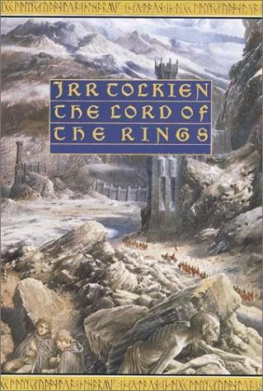
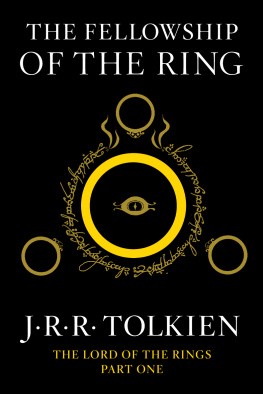
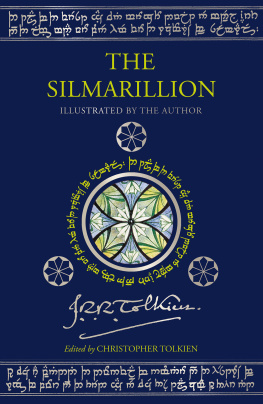
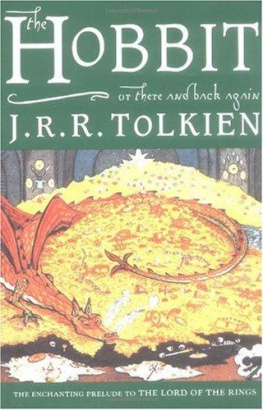



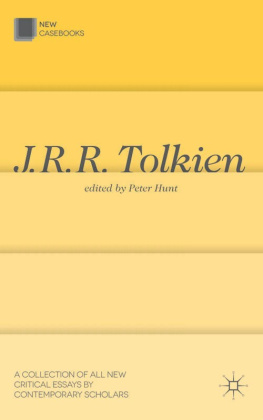
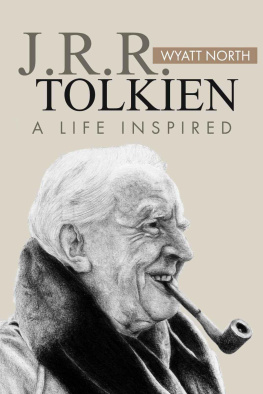
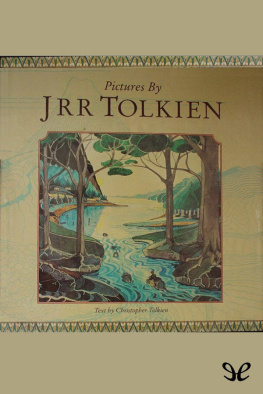
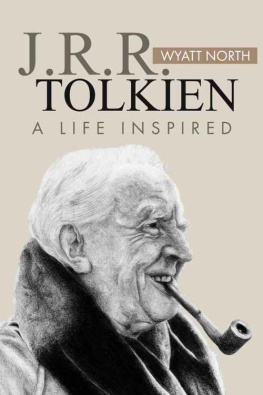
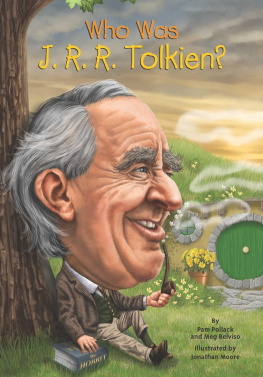
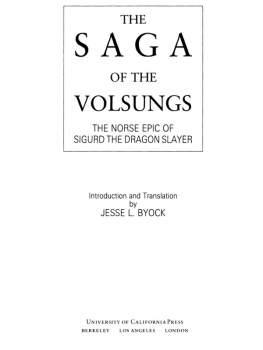
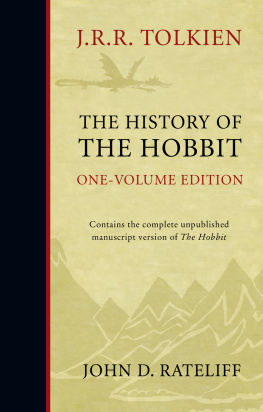
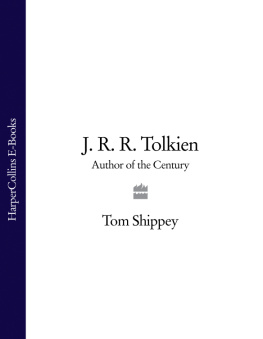

 and Tolkien are registered trade marks of The J.R.R. Tolkien Estate Limited
and Tolkien are registered trade marks of The J.R.R. Tolkien Estate Limited

